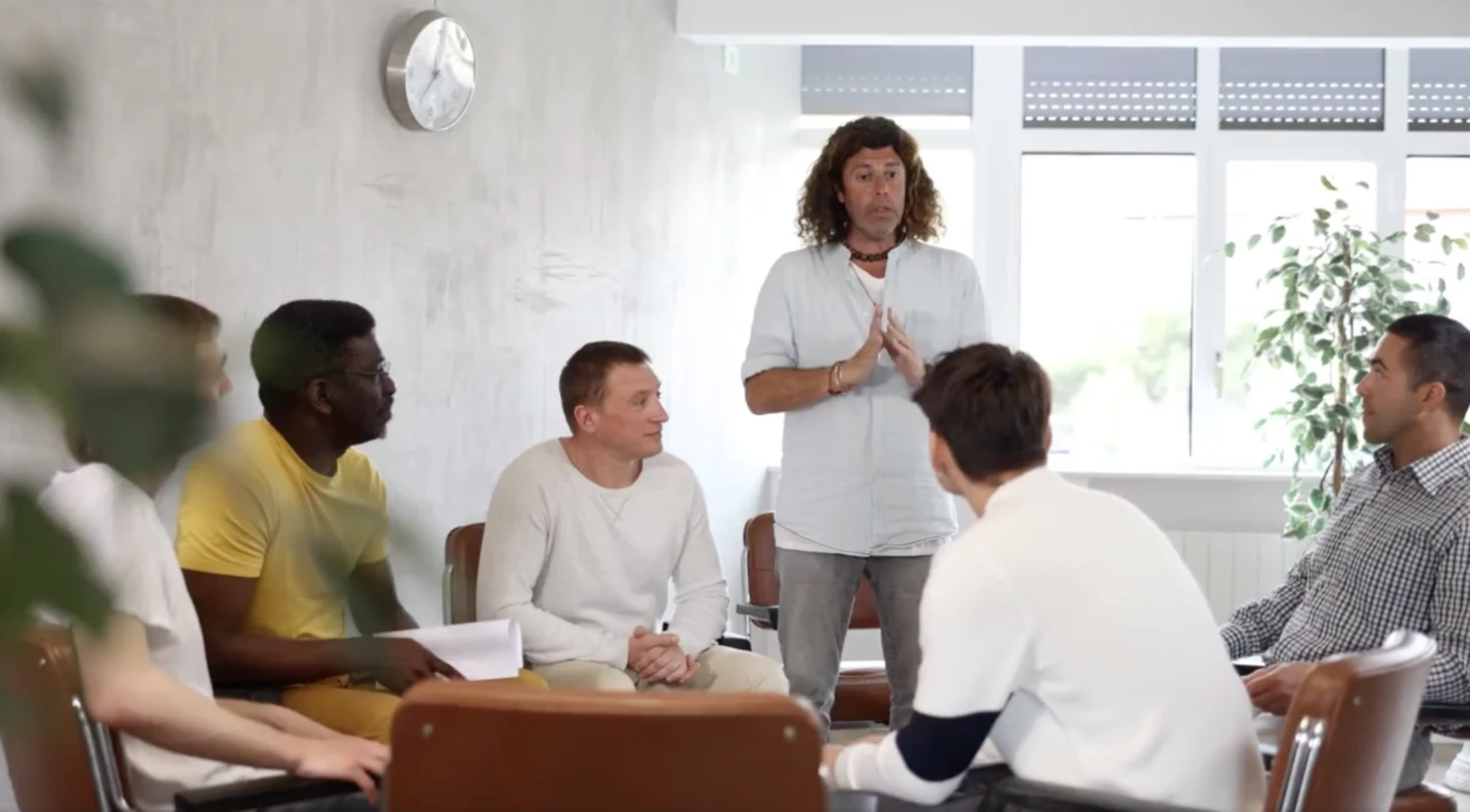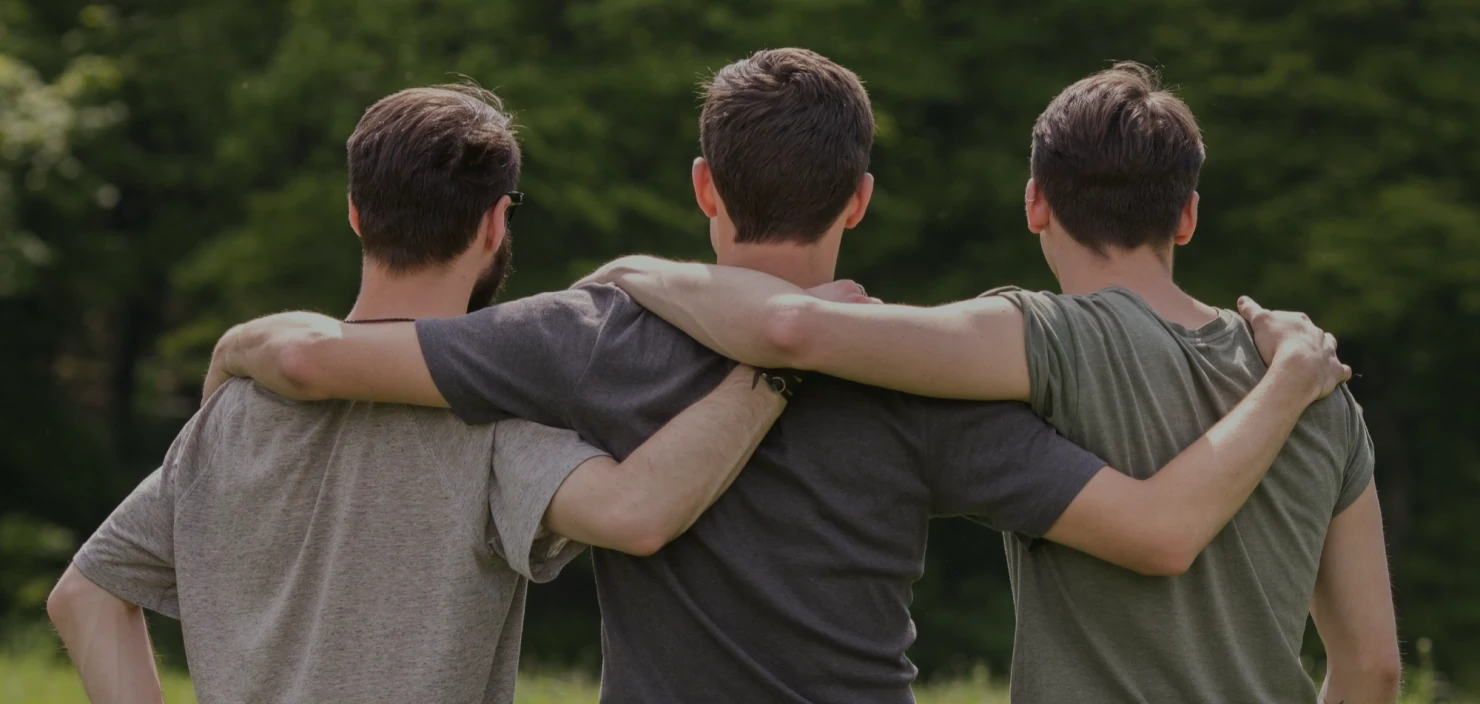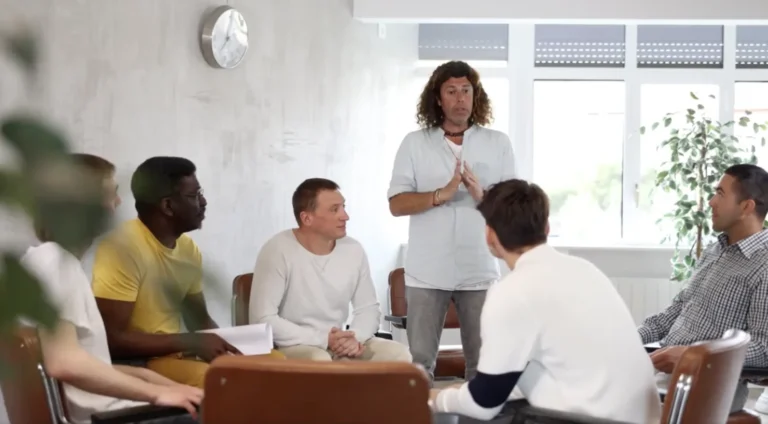
Triggers are pivotal in the recovery journey because they can lead to intense cravings for substances. Cravings, manifested physically and mentally, often stem from these triggers and can evolve into a cycle of relapse if not managed properly. For instance, stress or social isolation can serve as both internal and external triggers, increasing vulnerability to substance use. First, identifying the specific internal and external triggers that cause cravings is crucial. Keeping a journal to document experiences related to cravings can help individuals recognize patterns and gain insights into their emotional states and memories that prompt these urges. Creating a relapse prevention plan is essential for anyone in recovery from substance use disorders.

Making A Relapse Prevention Plan
Understanding the different types of relapse and how to prevent them is crucial for maintaining long-term sobriety. If you can’t seem to find your triggers by yourself, then going to a therapist or drug addiction professional will be a great resource. Professionals will go further in your understanding of emotional and psychological triggers and work types of relapse triggers with you on more healthy ways of dealing with them. Cognitive-behavioral therapy (CBT), for example, helps individuals recognize and change thought patterns that lead to addiction, fostering healthier responses to triggers.
- In order to effectively manage high-risk situations, it is important to develop a comprehensive relapse prevention plan.
- Activities like painting, hiking, or writing encourage focus, reducing idle time when temptations may increase.
- Incorporating these coping skills into daily routines empowers individuals, enabling them to manage triggers effectively and support their journey to sobriety.
- Mindfulness meditation is a way to recover your sense of well-being in the face of stress.
- You can avoid this trap by actively working on your recovery program and reminding yourself how active addiction was painful and bleak at the end.
Drug Relapse: Signs, Triggers & Prevention

The best way to deal with this relapse trigger is to have a strong support network. Reach out to family members or friends who are safe and encouraging or join a support group. The recovery journey can be a lonely one because you are addressing issues that other people around you may not need to address. Self-care habits make great strategies for responding to or preventing drug and alcohol cravings. However, you can get through cravings for drugs or alcohol using one of many strategies. This may mean leaving the grocery store or not saying hello to a friend from that period in your life.
- With a focus on emotional well-being, we’ll explore the essential insights and techniques to help individuals overcome this critical hurdle on their path to recovery.
- Celebrations, achievements, and feelings of happiness can create a dangerous sense that “just one” drink or drug use is deserved or can be controlled.
- In mental health, relapse is characterized by the onset of symptoms after recovery, occurring in phases with a specific pattern for each person.
- Developing healthy coping mechanisms is the key to effectively managing stress and anxiety.
- This knowledge transforms recovery from a struggle against cravings into a strategic process of avoiding high-risk situations.
- Discover the most influential factors that can lead to relapse and hinder recovery.
Dissecting Cravings: Understanding Their Role in Recovery
For additional support, work with your counselor or therapist on how to effectively deal with these reminders. A whiff of cigarette smoke, watching people sip cocktails in a bar or restaurant, or a couple locked in an erotic embrace are reminders that seem to be everywhere in the early stages of quitting. Establishing these practices aids in reinforcing the understanding of triggers, setting a stronger foundation for emotional health and sustained recovery. Substance abuse Although this post is coming to a close, the work for exploring emotions and feelings and how to regulate them has just begun.

How to recognize and manage triggers for relapse

Other notable triggers include fatigue, intense emotions, and specific memories related to substance use. Moreover, creating a personalized relapse prevention plan can empower individuals by highlighting healthy habits and grounding methods to counteract cravings. Embracing a mindset of lifelong learning reinforces resilience against triggers, paving the path to lasting sobriety. To prevent relapse, it is crucial to identify and understand triggers that can lead to the undesired behavior.
Identifying your personal triggers
Aftercare programs, offering continuous support and resources, assist individuals to maintain their sobriety and navigate life’s challenges without resorting to substance use. A solid aftercare plan is an essential component of a successful recovery journey. It is imperative for individuals in recovery to recognize and steer clear of these triggers to sustain sobriety. Understanding withdrawal triggers and implementing coping strategies can enable individuals https://ecosoberhouse.com/ to maintain their sobriety and prevent relapse.
The first step in managing addiction triggers is to understand what causes them. Keep a journal or talk with a therapist to track situations, emotions, or environments that lead to cravings. By identifying your triggers, you can become more aware of when you’re at risk and start to prepare yourself to handle them.

Commentaires récents